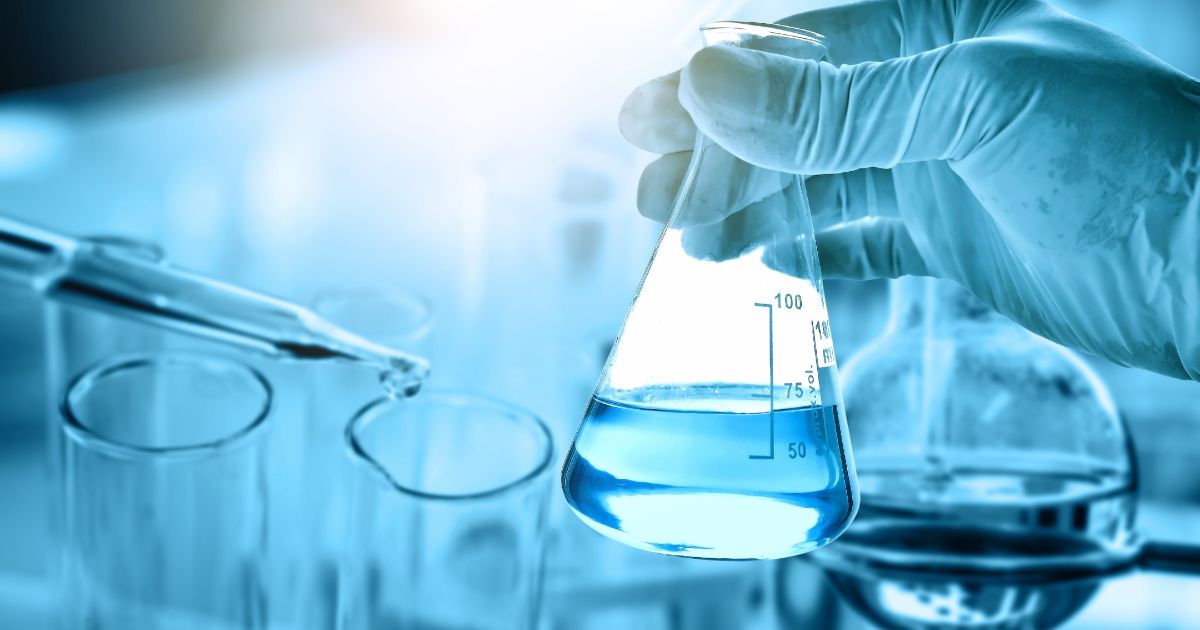What is an SVHC under EU REACH?
SVHCs—or Substances of Very High Concern—are chemicals identified by the European Chemicals Agency (ECHA) as posing serious risks to human health or the environment. Once added to the REACH Candidate List, these substances trigger strict communication and reporting requirements under Article 33 for any company placing affected products on the EU market.
For compliance teams, these obligations come at a time when chemical risk tracking is already complex. The SVHC Candidate List expands twice each year, increasing the demand for accurate material data, reliable supplier responses, and up-to-date product documentation. Missing an SVHC update can lead to delays, non-compliance, or customer escalations.
Understanding the REACH SVHC Candidate List
The Candidate List is the EU’s official register of chemicals identified as Substances of Very High Concern under REACH. Once a substance is added, companies must determine whether it is present in the articles they manufacture, import, or distribute in the EU.
If an SVHC is present above 0.1% weight by weight (w/w) at the article level, mandatory communication obligations apply under Article 33. These disclosures ensure transparency across the value chain by giving downstream users and customers the information they need to handle products safely.
Who manages the SVHC list?
The European Chemicals Agency (ECHA) oversees the REACH SVHC Candidate List. Updates follow a structured process that includes:
- Proposals from ECHA or national authorities
- Public consultation
- Scientific review and evaluation
This process ensures decisions are transparent and rooted in risk-based evidence. It also means the list continues to evolve as new data emerges.
How are substances added to the SVHC list?
SVHC identification begins when an EU Member State or the ECHA, at the request of the European Commission, prepares an Annex XV dossier proposing a substance for identification as an SVHC. The dossier includes scientific hazard data, justification for SVHC status, and information on uses, volumes, and possible alternatives.
Before submission, the intention to propose the substance is published in ECHA’s Registry of Intentions, giving stakeholders early visibility. Once the dossier is submitted and published on ECHA’s website:
- The proposal enters a 45-day public consultation period.
- Stakeholders may comment on the substance’s properties, uses, and alternatives, or challenge the proposed identification.
If no comments challenge the identification, the substance is added directly to the SVHC Candidate List. Comments related to uses and alternatives are kept on record and can inform later decisions about the Authorization List.
If comments introduce new information or contest the basis for identifying the substance as an SVHC, the dossier and comments are sent to ECHA’s Member State Committee (MSC). If the MSC reaches unanimous agreement, the substance is added to the Candidate List. If not, the European Commission makes the final decision.
After a substance appears on the Candidate List, ECHA may later prioritize it for inclusion on the Authorization List (Annex XIV). Once a substance is added to the Authorization List, companies must obtain authorization for specific uses, which speeds the transition toward safer alternatives.
How the SVHC Candidate List impacts compliance efforts
The REACH SVHC Candidate List drives multiple reporting responsibilities across the EU. Article 33 communication requirements and SCIP submissions both rely on accurate substance data, even though each has its own format and technical process. As the list expands twice annually, these overlapping requirements increase the importance of keeping material declarations current.
For organizations with global or multi-tier sourcing, this creates ongoing pressure. Supplier information can quickly become outdated, and gaps in documentation increase the risk of non-compliance. Staying aligned with the latest Candidate List updates is essential for maintaining a reliable REACH strategy.
What companies must report under Article 33
Under Article 33, companies must determine whether listed SVHCs are present in their articles above the 0.1% weight-by-weight (w/w) threshold. When that threshold is exceeded, manufacturers, importers, and distributors must:
- Confirm the presence and concentration of any applicable SVHCs
- Communicate this information to downstream customers
- Provide safe-use information to consumers upon request
- Maintain supporting documentation to support the accuracy of disclosures
These requirements apply to every company placing articles on the EU market, making dependable supplier data and consistent communication essential.
Get a clearer path through REACH obligations in our five-step guide to EU REACH compliance.
Staying ahead of ongoing REACH updates
Meeting REACH obligations involves more than identifying substances on the SVHC Candidate List. Compliance teams must:
- Monitor biannual updates and assess impact to products
- Collect, validate, and track supplier declarations
- Ensure data accuracy across parts, variations, and supplier tiers
- Prepare documentation for REACH, SCIP, and other global chemical regulations
Without centralized systems, these tasks become time-consuming and difficult to scale. Manual processes create delays and inconsistencies that can lead to missed declarations or incomplete filings. Maintaining structured workflows and reliable supply chain data is critical to staying current with REACH.
Streamlining SVHC and REACH compliance with Source Intelligence
SVHC reporting is just one piece of a broader chemical compliance landscape that depends on accurate data, timely updates, and consistent supplier engagement. Source Intelligence centralizes these activities so teams can manage REACH, RoHS, TSCA Section 8(a)(7), and other global requirements in a single platform, with real-time visibility into product- and material-level obligations.
With Source Intelligence, compliance teams can:
- Automate supplier outreach to improve response rates and reduce manual follow-up
- Use standardized data collection templates that align with REACH, SCIP, and other reporting needs
- Generate on-demand REACH declarations for customers and internal stakeholders
- Apply AI-supported data checks to flag inconsistencies and potential gaps
- Receive alerts for Candidate List updates and quickly assess impact across products
- View dashboards highlighting high-risk parts and suppliers for faster prioritization
- Run integrated workflows that reduce manual tasks and improve audit readiness
These capabilities help teams respond quickly to customer and regulatory requests while maintaining confidence in their data. Explore our solution to see how Source Intelligence can support your SVHC and REACH strategy.



